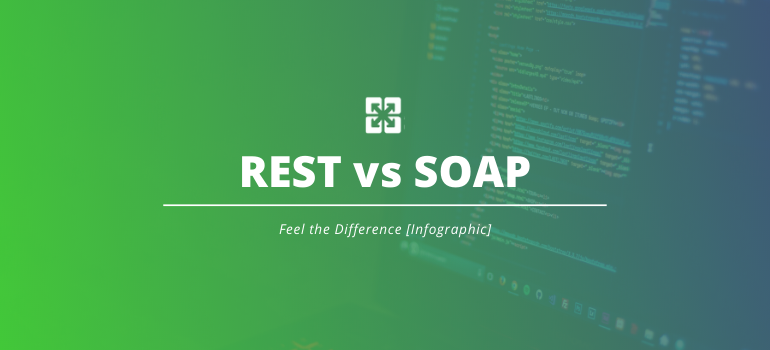


Works well in distributed enterprise environments (REST assumes direct point-to-point communication).Language, platform, and transport independent (REST requires use of HTTP).SOAP provides the following advantages when compared to REST: There are several design models for web services, but the two most dominant are SOAP and REST. The server-side portion of the web API is a programmatic interface to a defined request-response message system, and is typically referred to as the Web Service. The term web API generally refers to both sides of computer systems communicating over a network: the API services offered by a server, as well as the API offered by the client such as a web browser. We suggest starting with the video as an introduction to this topic, or for those who are just visual learners. We will also go over example code, as well as challeneges and critiques of each choice. So, if you're looking for a resource that provides you with an answer to this age old question, you've come to the right place. Just because our name is SoapUI, doesn't mean that we also don't know what we are talking about when it comes to explaining RESTful web services and APIs. To make your process applicable from an HTTP get method, use the annotation.The age old question: what is the difference between SOAP and REST APIs, and which one is right for my project?

The URL mapping for the REST service is also defined at the class level. It is faster than SOAP because JSON (lightweight) is utilized in the request/payload.įurthermore, you can render REST properties by tagging apex classes with the annotation. REST uses XML, JSON (JavaScript Object Notation), or plain text for all requests and responses. Also, RESTful web services are online services that follow the REST architectural paradigm.Ī Restful service will use the standard HTTP verbs GET, POST, PLACE, and DELETE to interact with the required components. Instead, the REST principles allow developers to customize the details to their specific requirements.
#Comparison soap vs rest how to
REST does not provide how to put the ideas into practice at a lower level. It’s an architectural style that specifies guidelines for creating loosely linked apps that communicate via the HTTP protocol. REST is an acronym for Representational State Transfer. So, if you are looking for answers to know which API is suitable for your project, we have curated a comprehensive guide about each option’s features and challenges. Although the two are frequently compared as if they were the same, they are fundamentally different technologies that are difficult to compare on a granular level. It’s usual to compare REST and SOAP, two of the most used API paradigms, while discussing API architectures. There are two primary competing methodologies when it comes to creating web services: REST and SOAP. They are only the front-end interfaces of websites and applications stored on the devices of end-users. Computers use them to communicate with one another through the network. Web services are in charge of machine-to-machine communication through the Internet.


 0 kommentar(er)
0 kommentar(er)
